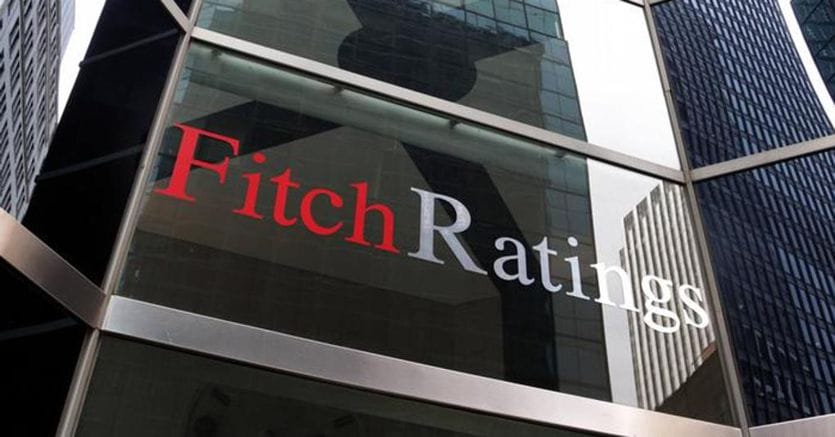The upgrade announced late Friday evening by Fitch certifies the change of sign from the point of view of the markets on our public debt. The decision to bring the rating back to triple B, with a stable outlook, closes a calendar of autumn examinations which was characterized by the improvement in the outlook (from stable to positive, with triple B) communicated by Standard & Poor’s in October and the two confirmations received by Moody’s (Baa3 with stable outlook) and Dbrs (BBB-high, negative outlook). And, above all, it brings back to the Italian debt scene that full promotion that had been missing since the autumn of 2017, when the then Prime Minister Paolo Gentiloni and the Economy Minister Pier Carlo Padoan collected the Standard & Poor’s upgrade.
With yesterday’s move, Fitch leverages what it had written next to the BBB on our government bonds in 2020, when with an off-calendar rating it had decided, the only one among the big four, to surprise the alarm on the BTp of a Italy then in full lockdown.
Subsequently, the agency had confirmed the judgment twice, with report cards full of alarms on the real possibilities of recovery in the country and the consequent weight of the debt on the accounts.All these elements feed the meaning of yesterday’s change of course, welcomed by the government with the satisfaction expressed by the Mef.
The Mef: the solidity of the Italian economic policy confirmed
«Fitch’s decision crowns a series of positive evaluations released by five other rating agencies, which in recent weeks have improved their outlook on the country. Among these it is useful to remember S&P, DBRS and Scope Ratings – explain from Via XX Settembre – These decisions confirm the solidity of the economic policy pursued by the Government and the need to continue vigorously on the path of reforms and investments, according to the plan. agreed with Europe “.
A certain amount of anticipation had begun to rise when a report from the agency two weeks ago stressed the role of growth and the crucial character of the combination of investments and reforms underlying the Recovery Plan to consolidate it. Apparently anodyne words, but not for a country that, after having certified an unexpected drop in the ratio between debt and GDP in the Nadef in the same days, saw the increase in GDP already acquired in the first nine months of the year increase from decimal to decimal. (the latest Istat data indicates annual growth at 6.3%) at levels very far from the 4.5% calculated in April. Important numbers, which put Italy in the unusual position of hare in Europe and which convinced Fitch analysts to take the step despite the unknowns multiplied in the last weeks by the pandemic recovery and by an inflationary awakening that has now lost the connotations of the blaze impromptu.
–


